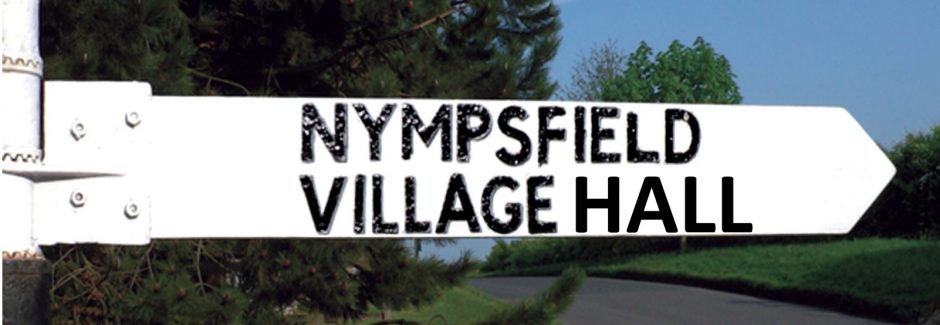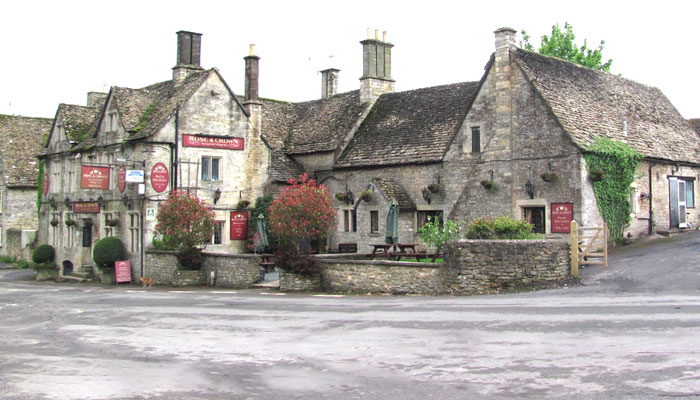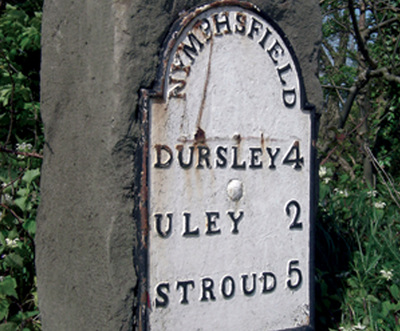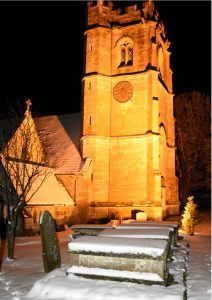Set in the south Cotswolds, atop the edge of the Cotswold escarpment, Nympsfield Parish lies within an Area of Outstanding Natural Beauty (AONB) in the County of Gloucestershire, situated halfway between the cities of Bath and Bristol, Cheltenham
and Gloucester and close to the towns of Nailsworth, Stroud
and Tetbury. As well as Nympsfield village, the parish also contains the hamlet of Cockadilly. The population taken at the 2011 census was 382.
The name ‘Nympsfield‘ is a mix of Celtic and Old English, meaning ‘Open land by the holy place’. The Celtic element of the name is nimet (holy place), and the Old English element is feld (field,
open space). The earliest known recording of the village was as Nymdesfelda in 862 AD. In the Domesday Book, the settlement was recorded as Nimdesfelde.
A small Parish, it nevertheless enjoys the benefits of a local primary school (St Joseph’s), a successful village pub, The Rose and Crown
two churches, a Marist Retreat Centre , King George V playing field, a Village Hall and a Working Men’s Club. With a wealth of history behind it and a solid future ahead of it, Nympsfield is a unique and interesting Parish whether you live in it or are simply paying a visit.
Nearby Woodchester Mansion, an unfinished gothic mansion, has always been associated with the village, as Nympsfield’s history of Catholicism tied it to the Leigh family, who built the mansion.
A Neolithic burial site known as the Nympsfield Long Barrow is located nearby. Coaley Peak picnic site is around half a mile from the village. A short distance away is Thistledown (which topped The Guardian’s list of the 100 best campsites in the UK). The Tudor Owlpen Manor and Hetty Pegler’s Tump (a neolithic long barrow) are also nearby. Nympsfield is the home of the Bristol and Gloucestershire Gliding Club.



